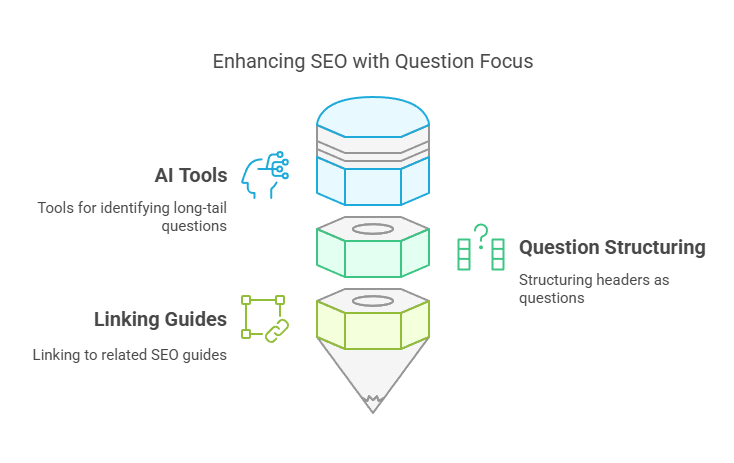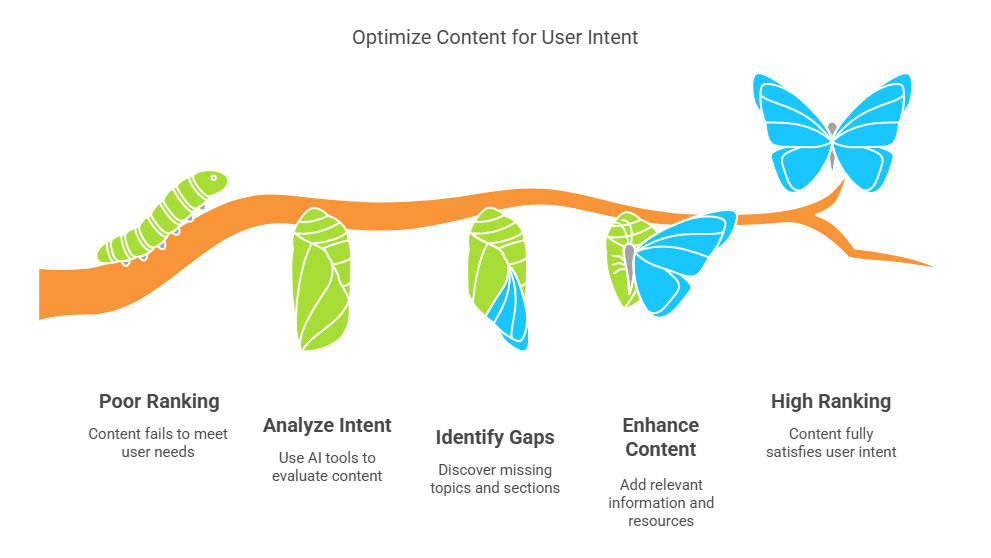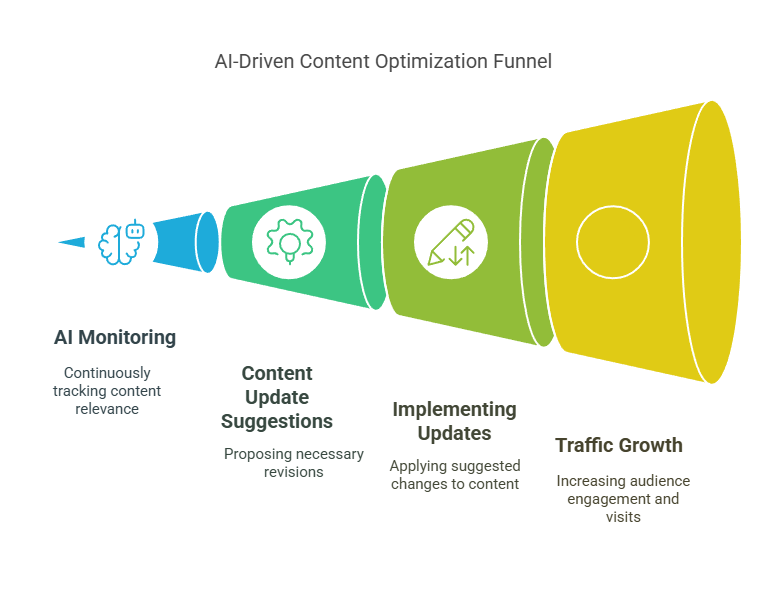Bloggers and marketers know the frustration: you’ve optimized your content for SEO, but it still doesn’t rank. The problem? Search is evolving. Google’s focus has shifted from just keywords to understanding intent—and that’s where Answer Engine Optimization (AEO) comes in. AEO helps your content directly answer what users are asking, whether through voice search, featured snippets, or conversational queries. Here’s how to adapt your blog strategy for AEO in 2025, with actionable tips and tools like WriterX to simplify the process.
1. Write for Questions, Not Just Keywords
Traditional SEO targets keywords like “best running shoes.” AEO goes deeper by focusing on the questions behind those keywords, such as “What running shoes are best for flat feet?” Tools like WriterX analyze search patterns to identify these hidden questions. For example, its SEO content features suggest natural phrases people use when speaking. A parenting blog using this approach noticed that answering “How do I soothe a teething baby at night?” outperformed generic “baby care tips” posts by 200% in traffic.
How to Start:
- Use AI tools to find long-tail questions in your niche.
- Structure headers as questions (e.g., “Why Do Plant Leaves Turn Yellow?”).
- Link to related guides, like WriterX’s WordPress SEO tips, for deeper dives.

2. Optimize for Voice Search and Featured Snippets
Over 50% of searches will be voice-based by 2025. Voice queries are longer and more conversational (e.g., “Hey Siri, how do I fix a leaky faucet?”). To rank for these, write clear, concise answers in the first 50 words of your post. WriterX’s AI optimization tools highlight opportunities to simplify sentences for voice search. A DIY blog using this tactic earned a featured snippet for “How to unclog a drain without chemicals,” driving a 70% traffic boost.
Proven Tactics:
- Use bullet points for step-by-step answers.
- Include FAQs like “How long does it take?” or “What tools do I need?”
- Optimize for local queries (e.g., “Where can I recycle electronics near me?”).
3. Use AI to Match Content to User Intent
Google’s algorithms now prioritize content that fully satisfies user intent. If someone searches for “how to train a puppy,” they might want video tutorials, product recommendations, or troubleshooting tips—not just a generic guide. WriterX’s content analysis tools evaluate whether your post covers all angles of a topic. A pet blog using this feature added a “Common Mistakes” section to their puppy training guide, reducing bounce rates by 40%.
Case Study: Fixing Intent Gaps
A finance blog noticed their post on “saving for retirement” ranked poorly. After using AI to analyze top competitors, they added sections on tax strategies and part-time work options. The updated post now ranks #3 for “retirement planning for freelancers.”

4. Build Content Hubs Around Core Topics
AEO rewards comprehensive coverage. Instead of writing isolated posts, create clusters of content around pillar topics. For example, a “Home Renovation” hub could include guides on budgeting, permits, and eco-friendly materials—all interlinked. WriterX simplifies this with content strategy templates that map out subtopics and internal links. A travel blog using this method saw a 90% increase in time-on-page by grouping posts like “Packing for Iceland” and “Icelandic Etiquette Tips.”
Tools to Try:
- Use AI to identify subtopics (e.g., “budgeting” under “Home Renovation”).
- Link newer posts to older, high-performing content.
- Update hubs quarterly with fresh data or trends.
5. Leverage AI for Real-Time Content Updates
Old content often loses rankings because answers become outdated. AI tools like WriterX monitor your posts for stale info (e.g., changing tax laws or product prices) and suggest updates. A tech blog used this to revise their “Best Laptops for Students” guide every semester, maintaining top rankings year-round. Their traffic grew by 120% after automating updates.
Maintenance Tips:
- Set AI alerts for trending queries in your niche.
- Add “Last Updated” dates to show freshness.
- Repurpose old posts into new formats (e.g., turn a guide into a video script).

AEO isn’t about replacing SEO—it’s about making your content so helpful that Google can’t ignore it. Tools like WriterX handle the heavy lifting, from finding questions to updating posts, so you can focus on connecting with readers. Ready to try? Start with their Quick Start Guide or explore the WordPress plugin to automate AEO adjustments. After all, the best answers don’t just rank—they resonate.

